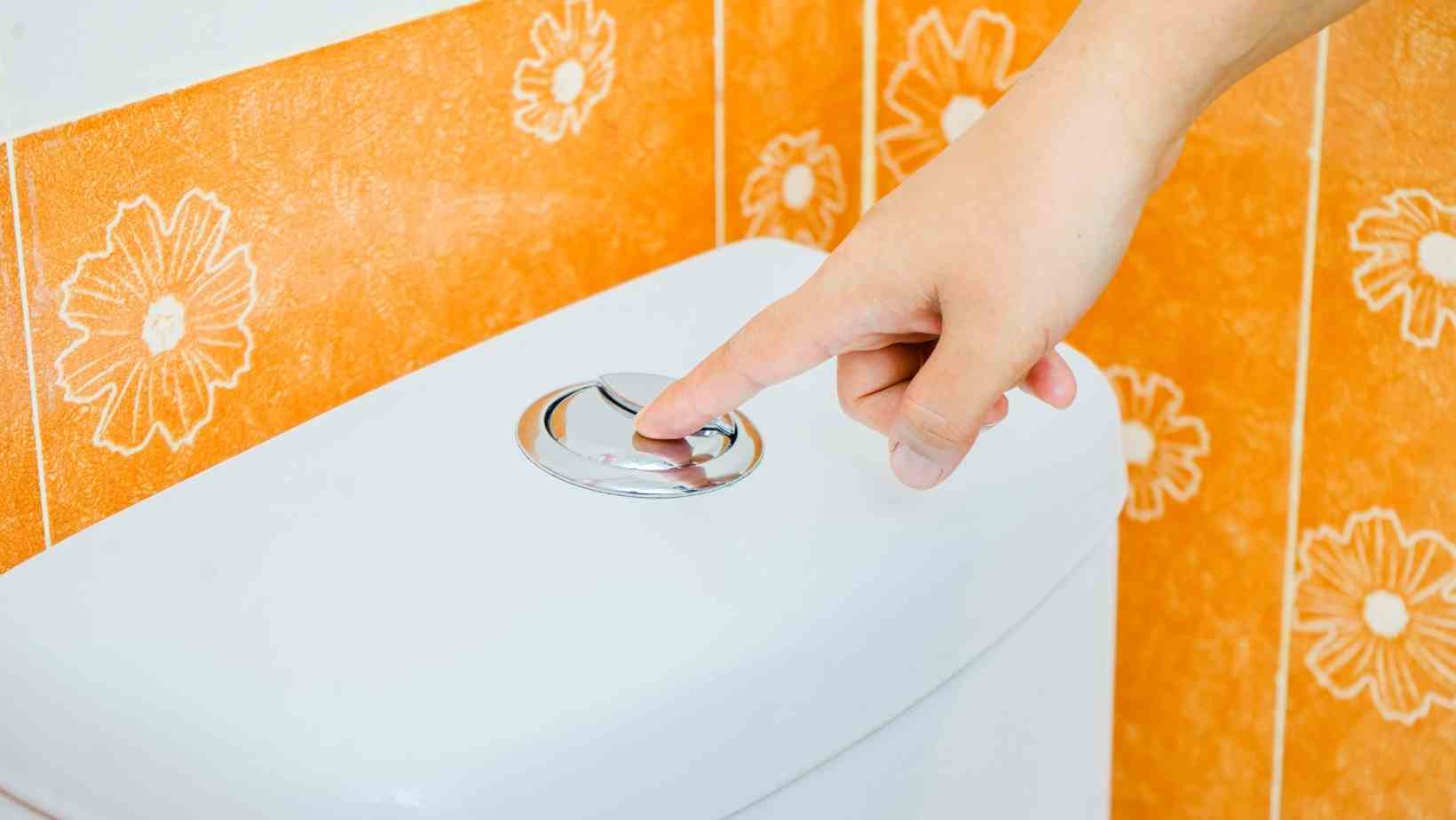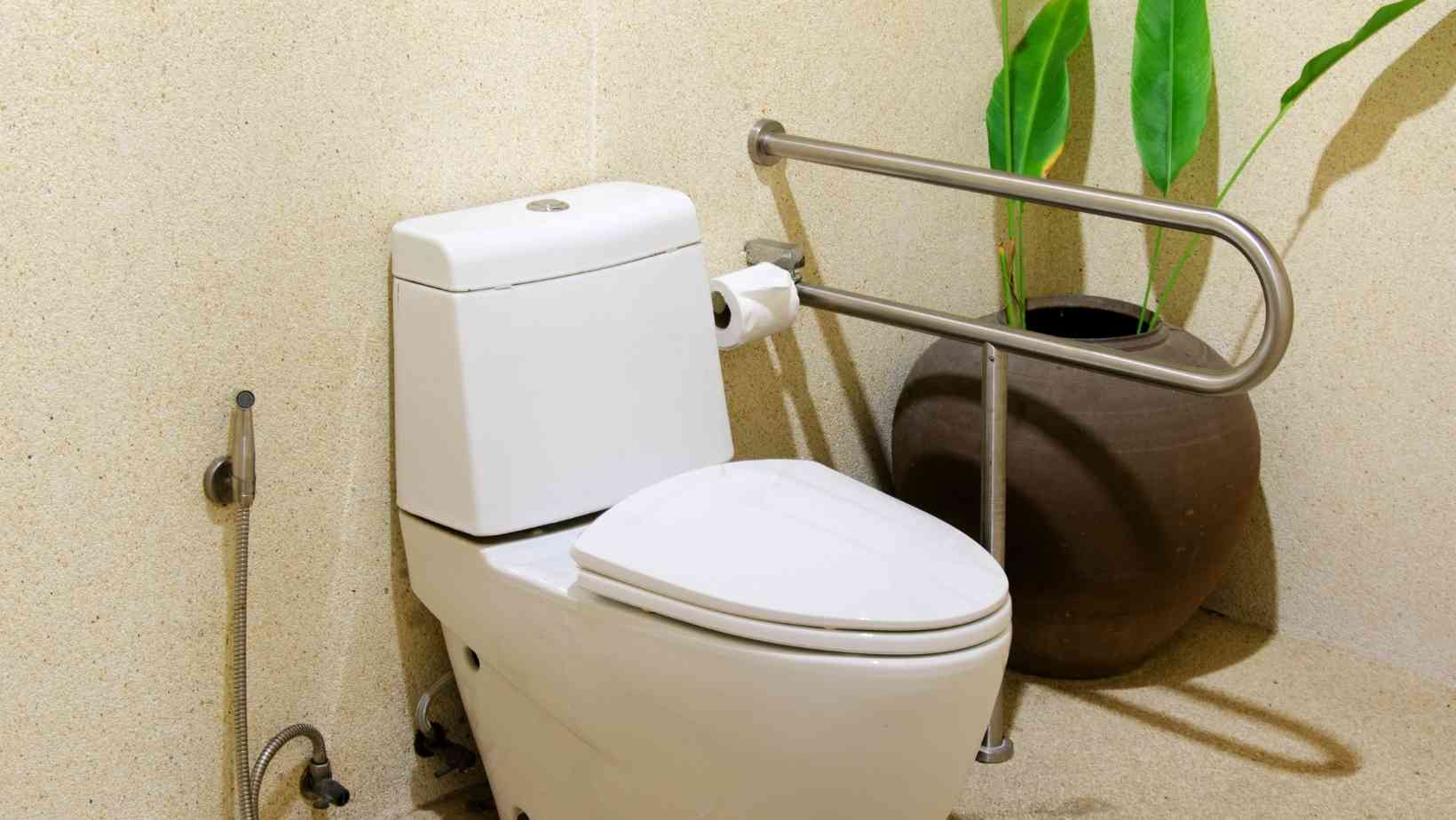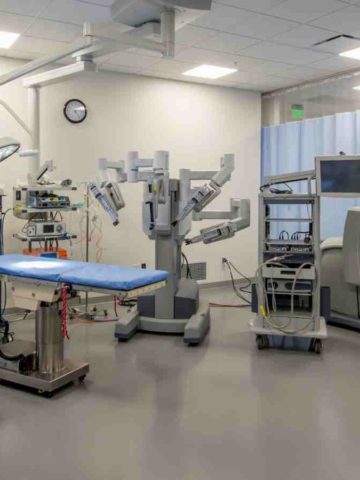Restroom accidents can be embarrassing, especially when you have guests over. Struggling to flush waste after using the toilet is an unpleasant experience, especially if you have to clean the mess left behind. You also have water wastage to contend with because you have to use more water to flush. Plumbing issues arise more frequently during holidays because there’s more activity in the bathrooms and kitchen this period.
If your toilet doesn’t flush, avoid sticking objects into the bowl to prevent clogging. Discard tissue paper and other sanitary items in the proper waste disposal. The first thing to do is to shut off the water valve to stop further wastage. The water will keep collecting in the tank no matter what. Different factors can prevent your toilet from flushing. It’s necessary to isolate each possible reason before figuring a permanent solution.

Follow these steps if you want to find out what to do if your toilet doesn’t flush.
Contact a Professional
If you properly diagnose the cause of the poor flush in your toilet, you can have your bathroom working fine in no time. However, you might have to consult your plumber if you need to install new parts. For example, if there’s a water supply problem preventing water flow into the tank, you might have a bigger plumbing problem in your home.
If nothing changes after using a plunger and replacing damaged parts, you could have a sewage problem that only a professional can address.
Check the Handle and Chain
Sometimes, poor flushing happens when the toilet lacks an adequate supply. Like many machines, bathroom malfunctions occur when some parts become damaged. The handle and chain connect to the flapper, which releases water whenever you pull the flush lever. If the chain disconnects from the handle, you might struggle to flush.
If nothing happens when you pull the lever, check the handle and chain to inspect their connection to the flapper. If the chain is too long, the flapper won’t rise to release water from the tank. Lift the toilet link and inspect the flapper to see if the chain is of the right length.
Adjust the Overflow Tube
The overflow tube releases water directly into the toilet bowl whenever you flush. After years of use, the pipe slowly breaks down, lowering your flush power. The constant pressure can crack or damage the overflow tub, causing water to leak through them. Instead, the water will collect instead of flowing into the bowl.

Inspect the tube to see if the rod is in good shape. If you notice a crack, consider replacement and consult a plumbing service for installation.
Clean the Toilet Jets
Have you noticed small holes under the rim of your toilet bowl? They are called jets, and they serve as outlets for water during a flush. Hard water causes lime to accumulate in different parts of the toilet after prolonged use. The residue or even corrosion can clog the jets, blocking water flow when you attempt to flush.
Fortunately, there’s an easy fix for this problem. Soak the bowl and rim in toilet cleaning liquid for 15 minutes and scrub the jets thoroughly. Flushing should remove the particles and impurities clogging the holes.
Flush Manually
It’s horrifying watching toilet waste stare you down in the face during a plumbing crisis. It can be worse if this happens when you’re a guest. If you’re fortunate to have a bucket in the bathroom, there’s a way out of this awkward situation. Otherwise, you can use a wastebasket that can hold water. Flushing manually is a temporary fix for this problem, especially if the tank needs more water. New toilets require at least one gallon of water for every flush, while older ones take three to five gallons.
Fill the bucket with one gallon of water and pour slowly into the bowl. Increase the pressure to push the waste down. If you’re worried about creating a mess, pour the water into the tank and pull the lever. You can also elevate the flapper to flush if you have a broken handle.
Unclog the Toilet
The waste pipe in the bathroom plumbing system carries waste and water from the toilet bowl to the sewage. If the waste pipe becomes damaged, the water will accumulate in the bowl whenever you flush. With a partial clog, the toilet bowl will fill with water and slowly drain after each flush. If you notice partial or total clogging in your toilet bowl, it’s time to bring out the plunger.
Turn off the water valve and ensure there’s water in the bowl to force the blockage into the drain. Cover the drain hole with the plunger and apply pressure to the handle for 15 to 30 seconds. If you’re worried about making a splash, use a toilet auger.




